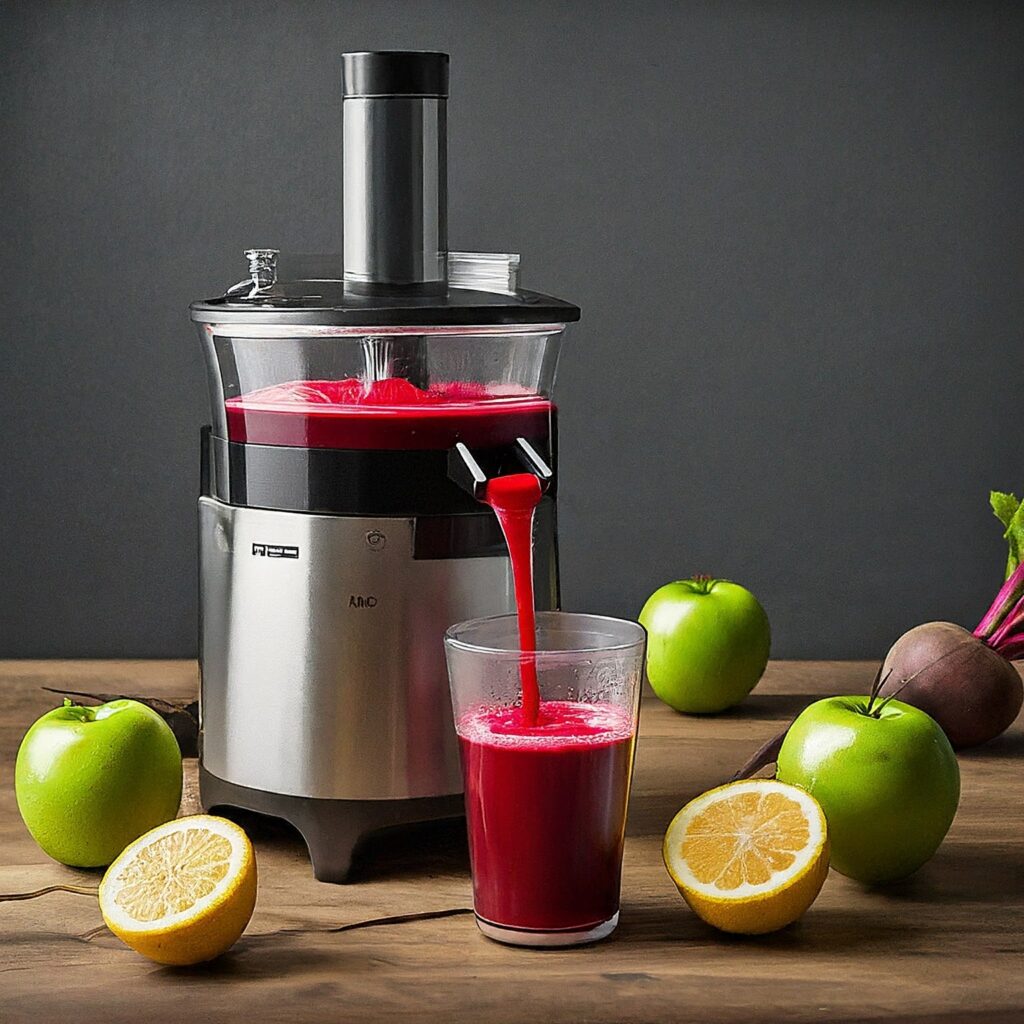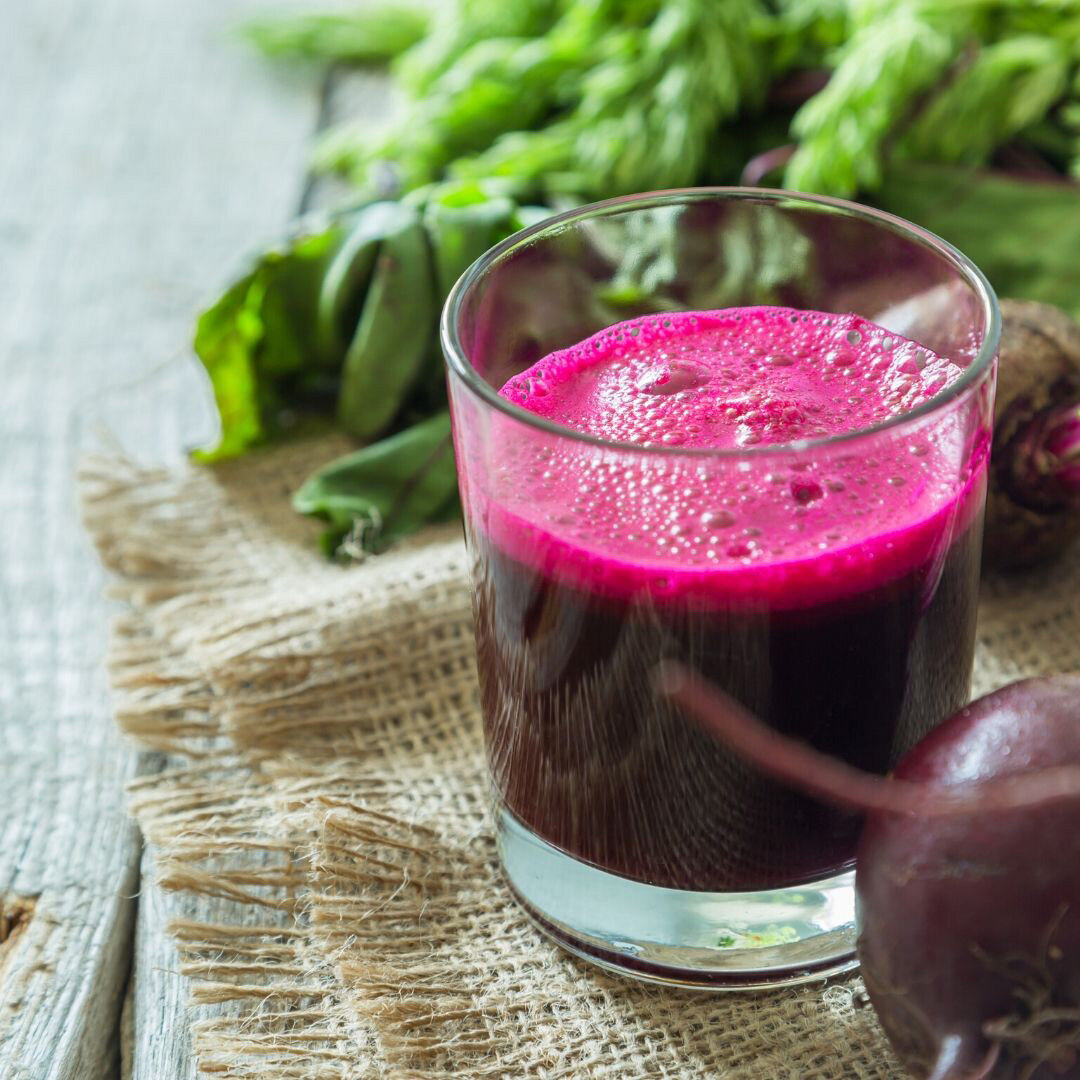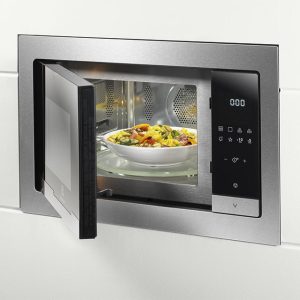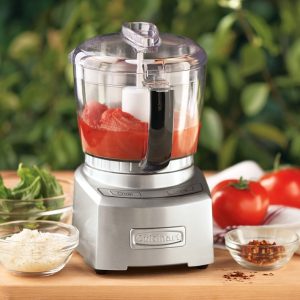
Beet juice is well known for its numerous health benefits, including detoxifying properties and rich nutritional content. However, juicing beets can be a bit tricky if you are unfamiliar with the process. So, if you’re wondering how to juice beets in a juicer, you’ve come to the right place. This guide will take you through each step, from selecting the best beets to turning them into a delicious and nutrient-rich juice. Read on to discover the best practices and techniques to make the most out of your beet juicing experience.
Choosing the Right Beets
The quality of your beet juice directly depends on the beets you choose. Here are some tips for selecting the best beets:
- Freshness: Opt for fresh, firm beets with smooth skins. Avoid those with soft spots or wrinkles, as these indicate that the beets are aging and losing their quality.
- Size: Smaller to medium-sized beets are usually more tender and sweeter compared to larger ones, which can sometimes be more fibrous and tougher.
- Leaves: Choose beets with the greens still attached. Beet greens are an excellent indicator of freshness; they should be vibrant and firm, not wilted or yellowing.
- Organic Options: If available, opt for organic beets to avoid pesticides and other chemicals. This is particularly important if you plan to juice the skins.
Selecting the right beets ensures you start with the best possible ingredients for your juice.
Preparing the Beets
Proper preparation of the beets will make the juicing process more efficient and improve the flavor and nutritional content of your juice.
- Washing: Rinse the beets thoroughly under cold running water to remove any dirt or debris. A vegetable brush can be useful for scrubbing the skins clean.
- Peeling: Decide whether to peel the beets. While beet skins are edible and contain nutrients, they can sometimes add a slightly bitter taste to the juice.
- Chopping: Cut the beets into smaller pieces that will fit easily into your juicer’s chute. Smaller pieces will be easier for the juicer to handle and ensure a smoother juicing process.
- Greens: Don’t throw away the beet greens! They can be juiced as well and are full of vitamins and minerals. Wash them thoroughly and cut them into smaller sections if needed.
Properly preparing the beets sets the stage for efficient juicing and a better-quality juice.
Setting Up the Juicer
A properly set up juicer is crucial for a smooth juicing experience. Here’s how to get your juicer ready:
- Read the Manual: Each juicer brand and model may have specific directions. Make sure to read the user manual for any particular instructions related to your juicer.
- Assembly: Assemble the juicer according to the manufacturer’s guidelines. Ensure all parts fit securely to avoid leaks or malfunctions during juicing.
- Positioning: Place the juicer on a stable, flat surface near an electrical outlet. Ensure there’s adequate space around it for easy operation.
- Container Placement: Position a clean container or glass to collect the beet juice as it flows out from the spout.
Setting up the juicer correctly ensures its optimal functioning and a smooth juicing process.
Juicing Process
Juicing beets in a juicer involves several straightforward steps, but attention to detail can make a big difference.
- Power On: Plug in the juicer and switch it on. If your juicer has different speed settings, choose the one recommended for harder vegetables like beets.
- Start Juicing: Insert the beet pieces into the juicer’s chute. Use the food pusher (if provided) to gently press the beets down into the juicer.
- Alternate Ingredients: If you’re juicing other vegetables or fruits along with beets, alternate between them to help the juicer process everything more efficiently. For example, follow a piece of beet with a piece of apple or cucumber.
- Monitor the Output: Keep an eye on the container to make sure it doesn’t overflow. If the juicer starts to slow down or clog, stop and clean the filter or chute as needed.
Following these steps ensures that the beet juicing process is smooth and efficient, resulting in a high-quality juice.
Increasing Juice Yield
Certain techniques can help maximize the amount of juice you extract from the beets.
- Optimal Cutting: Cutting beets into smaller pieces can help the juicer extract more juice. The smaller the pieces, the easier they are to process.
- Using Pulp: If you want to maximize yield, consider running the pulp through the juicer a second time. This can help extract any remaining juice.
- Combining Ingredients: Juicing high-water-content vegetables like cucumber or celery along with beets can help flush more juice out of the beet pulp.
Increasing juice yield ensures you make the most out of your ingredients, minimizing waste and enhancing the nutritional value.
Flavor Enhancements
Beet juice is naturally sweet and earthy, but enhancing its flavor can make it even more enjoyable.
- Citrus: Adding a splash of lemon or orange juice can brighten the flavor and add a refreshing zing.
- Ginger: A small piece of fresh ginger can add a spicy kick and extra health benefits, such as anti-inflammatory properties.
- Apples and Carrots: These are classic additions to beet juice, providing additional sweetness and balancing out the earthy flavor.
- Herbs: Fresh herbs like mint or parsley can add a fresh, aromatic touch to your beet juice.
Enhancing the flavor of your beet juice keeps it exciting and makes it more palatable.
Storing Leftover Juice
If you make more beet juice than you can drink right away, proper storage is key to maintaining its freshness and nutritional value.
- Refrigeration: Store the juice in an airtight container in the refrigerator. It will stay fresh for up to 48 hours, although drinking it sooner preserves more nutrients.
- Freezing: For longer storage, pour the juice into ice cube trays and freeze. Once frozen, transfer the beet juice cubes to a freezer bag. They can last for several months and be used as needed.
- Minimizing Oxidation: To prevent oxidation, fill storage containers as full as possible to reduce air exposure.
Proper storage techniques help maintain the flavor and nutritional content of your beet juice for future use.
Cleaning the Juicer
Cleaning your juicer immediately after use ensures it stays in good working condition and is ready for the next juicing session.
- Disassembling: Unplug the juicer and disassemble all removable parts. Follow the manufacturer’s instructions for this step.
- Rinsing: Rinse each part under running water to remove residual juice and pulp.
- Soaking: If pulp is stuck, soak the parts in warm soapy water for a few minutes.
- Scrubbing: Use a small brush to scrub away any remaining pulp or residue. Pay special attention to the filter and chute where pulp tends to accumulate.
- Drying: Allow all parts to dry completely before reassembling to prevent mold and mildew.
- Wiping the Base: Wipe the base unit with a damp cloth, avoiding submersion to protect electrical components.
Regular and thorough cleaning ensures the longevity and efficient performance of your juicer.
Troubleshooting Common Issues
Understanding how to troubleshoot common issues with your juicer can save time and frustration.
- Juicer Not Starting: Ensure it’s plugged in and the outlet is functioning. Check that all parts are assembled correctly, as some juicers have safety features that prevent operation if not properly assembled.
- Low Juice Yield: Make sure the beets are fresh and properly prepared. Confirm the juicer’s settings are appropriate for hard vegetables, and try re-juicing the pulp.
- Clogging: If the juicer clogs frequently, try juicing at a slower pace and periodically scraping off accumulated pulp.
- Leaking: Check for cracks in the collection container or seals that may be causing leaks. Ensure all parts are fitted correctly and securely.
Troubleshooting these issues can help maintain smooth and efficient operation of your juicer.
Health Benefits of Beet Juice
Beet juice is packed with nutrients, making it an excellent addition to any diet.
- Nutrient-Rich: Beets are rich in vitamins A, C, and several B vitamins, along with minerals like potassium, magnesium, and iron.
- Antioxidants: Beets contain betalains, powerful antioxidants that help combat oxidative stress and inflammation.
- Heart Health: The nitrates in beets help improve blood flow, reduce blood pressure, and support cardiovascular health.
- Detoxification: Beets support liver function and help detoxify the body by facilitating the elimination of toxins.
- Exercise Performance: Beet juice can enhance athletic performance by improving oxygen use and stamina.
Knowing these health benefits can motivate you to include beet juice in your diet regularly.
Conclusion
Understanding how to juice beets in a juicer opens up a world of health benefits and culinary possibilities. From selecting and preparing fresh beets to maximizing juice yield and enhancing flavors, each step has been covered to ensure you get the most out of your juicing experience. Proper storage and cleaning techniques keep your beet juice fresh and your juicer in top condition. With these detailed guidelines, you can easily enjoy the nutritious and delicious benefits of beet juice anytime. Happy juicing!








